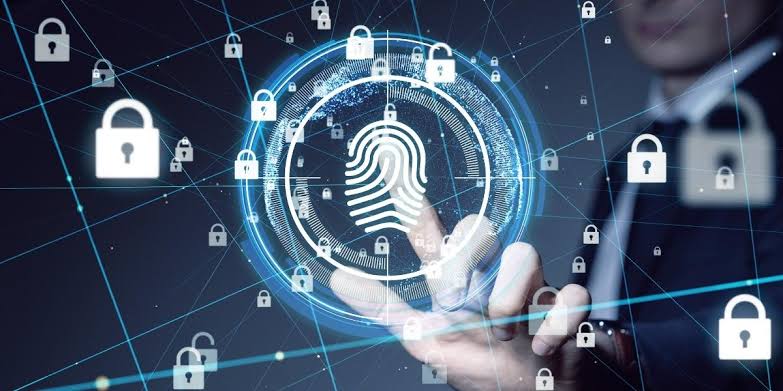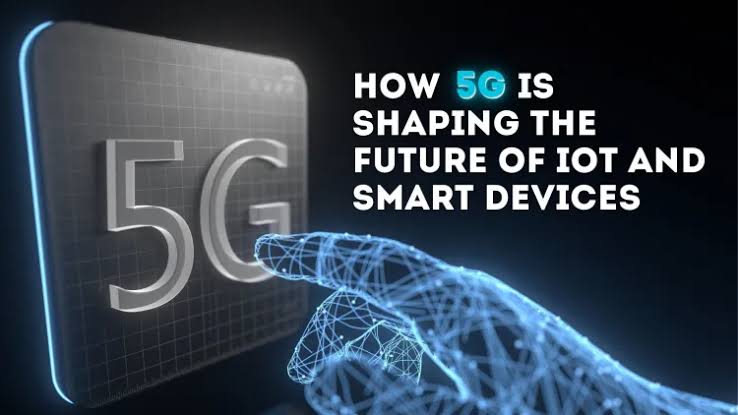Biometric authentication is quickly becoming a cornerstone of digital security in a world where data breaches and cyber threats are increasingly common. Unlike traditional methods such as passwords or PINs, biometrics rely on unique physical or behavioral traits, making them harder to replicate or steal. From smartphones to banking systems and workplace security, biometric gadgets are already widely used, and their role is expected to grow even more significant in the future. As technology advances, biometric gadgets will become more sophisticated, more secure, and more deeply integrated into everyday life.
Expanding Use of Fingerprint Scanners
Fingerprint recognition remains one of the most popular biometric authentication methods. Its simplicity, accuracy, and ease of use have made it a standard feature in smartphones, laptops, and access control systems.
In the future, we can expect:
- Fingerprint sensors built into everyday objects such as car ignition systems and smart home devices.
- Enhanced accuracy with 3D fingerprint imaging, making spoofing nearly impossible.
- Faster recognition speeds that allow seamless authentication without noticeable delays.
Fingerprint biometrics will continue to evolve as part of multi-layered security systems, offering both convenience and stronger protection against fraud.
Advanced Facial Recognition Technology
Facial recognition has gained widespread use, especially in mobile devices and surveillance systems. Its appeal lies in hands-free operation and speed, but privacy concerns have slowed its broader adoption.
Future advancements are likely to include:
- Higher accuracy in different lighting conditions and with partial facial obstructions such as masks or glasses.
- Integration into financial services for secure mobile banking and payments.
- Wider use in travel, such as airports adopting facial scans for seamless boarding and immigration checks.
With artificial intelligence improving recognition algorithms, facial authentication will become more reliable while balancing privacy and ethical considerations.
Voice Recognition for Secure Access
Voice recognition is another biometric method that is gaining ground in personal and professional environments. With the rise of smart speakers and voice assistants, it is becoming a natural way to interact with technology.
The next phase of development may bring:
- More advanced voice authentication resistant to mimicry and background noise.
- Widespread use in call centers and financial institutions for identity verification.
- Integration with vehicles, allowing drivers to unlock and start cars with voice commands.
As microphones and AI-based voice analysis improve, voice biometrics will play a larger role in secure, hands-free authentication.
Iris and Retina Scanning
Eye-based biometrics, such as iris and retina scanning, are among the most secure methods because they are extremely difficult to replicate. Although not yet widely available in consumer gadgets, they are expected to grow in adoption as technology becomes more affordable.
Possible future applications include:
- Iris scanners integrated into smartphones and wearable devices.
- High-security environments such as banks and government institutions adopting eye biometrics as standard access control.
- Medical uses where iris scans also help identify health conditions alongside authentication.
These systems may eventually provide the strongest combination of convenience and security, especially for high-value transactions or sensitive data access.
Behavioral Biometrics
Beyond physical traits, behavioral biometrics analyze how individuals interact with technology, including typing speed, touchscreen pressure, and even walking patterns. This method is gaining attention because it adds a continuous layer of authentication rather than relying on a single access point.
Future developments may include:
- Integration into banking apps to detect unusual patterns that indicate fraud.
- Use in workplace systems to ensure only authorized employees are accessing sensitive files.
- Combination with traditional biometrics for multi-factor authentication without adding complexity for users.
Behavioral biometrics will help businesses and individuals maintain security in a more adaptive and unobtrusive way.
Multi-Modal Biometric Systems
Relying on a single biometric trait can be risky if that data is compromised. To address this, future authentication will increasingly use multi-modal systems that combine two or more biometric identifiers.
Key trends to expect include:
- Devices combining fingerprints and facial recognition for stronger security.
- Financial institutions requiring both voice and iris scans for high-value transactions.
- Smart home systems integrating multiple biometrics for family and guest access control.
These combinations will enhance accuracy while reducing the risk of false positives or identity theft.
The Role of Artificial Intelligence and Machine Learning
Artificial intelligence will be central to the advancement of biometric gadgets. AI-driven algorithms will improve accuracy, reduce error rates, and adapt to changes in a person’s appearance or behavior.
Applications of AI in biometrics include:
- Real-time threat detection by identifying attempts to spoof biometric systems.
- Continuous learning from user behavior to strengthen authentication methods.
- Faster processing speeds for seamless user experiences across multiple devices.
Machine learning will ensure that biometric gadgets remain one step ahead of potential threats while maintaining efficiency.
Addressing Privacy and Ethical Concerns
As biometric gadgets become more common, privacy will remain a critical issue. Unlike passwords, biometric data cannot be changed if stolen, raising concerns about how this data is stored and used.
Future solutions will likely focus on:
- Secure on-device storage of biometric data rather than cloud storage.
- Transparent regulations governing biometric data collection and usage.
- Giving users more control over when and how their biometric information is shared.
Balancing security with ethical use will be vital for widespread trust and adoption.
Conclusion
The future of biometric gadgets for authentication purposes looks promising, with technologies becoming more accurate, convenient, and secure. From advanced fingerprint scanners to AI-driven facial recognition and behavioral biometrics, these tools will play a central role in safeguarding digital identities. Multi-modal systems, combined with artificial intelligence, will ensure even stronger protection while offering seamless user experiences.
However, the growth of biometric authentication must also address concerns around privacy, ethics, and data protection. By combining innovation with responsible practices, biometric gadgets are set to become the foundation of secure authentication in both personal and professional life.



